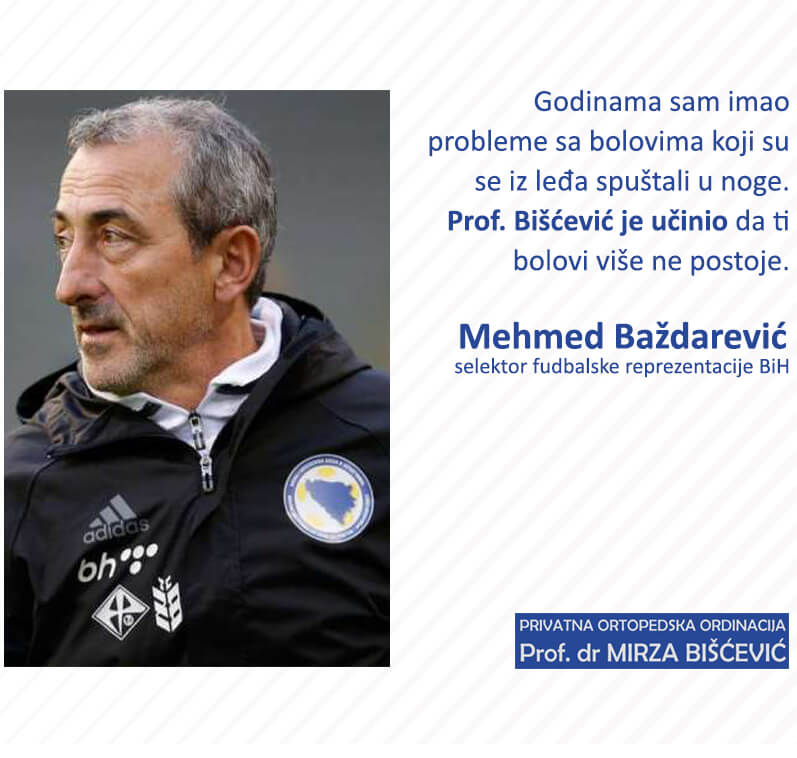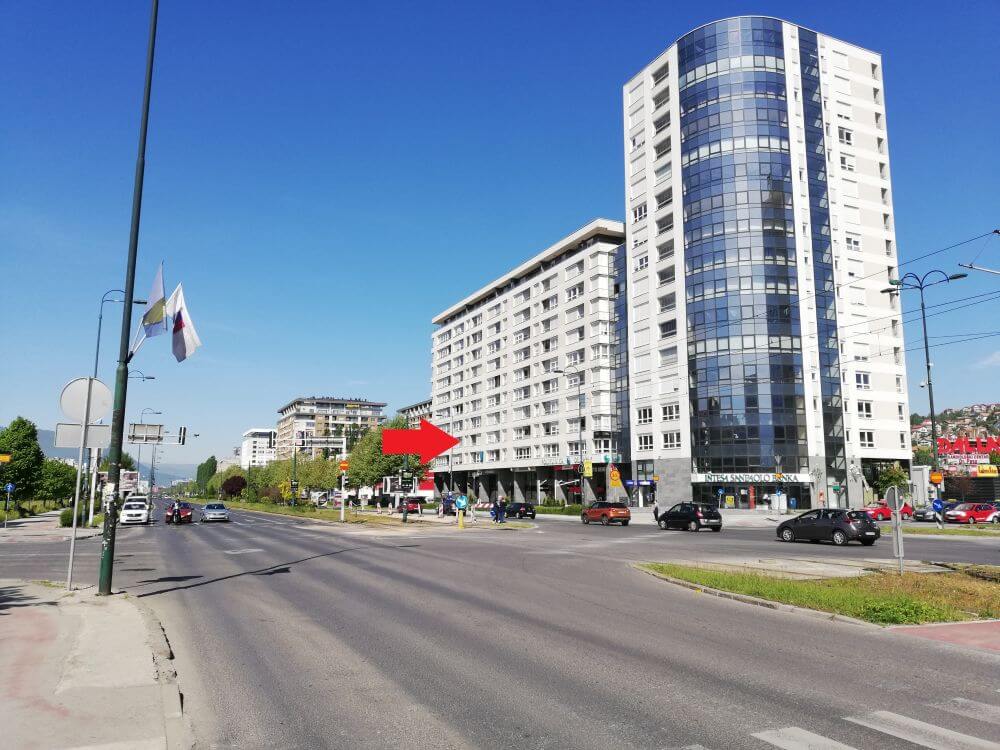As getting older, the spine just like every other part of the body (aging spine) makes patients feel discomfort, mild pain and back stiffness, especially after the workday and sport activities. If pain is pronounced and runs down the leg it is sciatica, caused by disk herniation (disk dislodgement and compression to the nerve root).
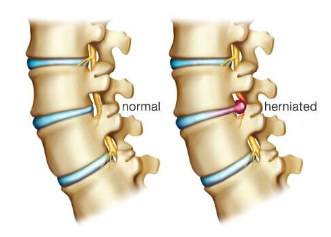
Sciatica is usually mild and resolves in a 2-3 weeks period. If not, magnetic resonance imaging of lumbar spine – MR LS should be performed, which confirms presence of disk herniation. Many people have MR verification of disk herniation without any symptoms. Therefore, patient’s symptoms should always correlate with MR images. Further steps are needle guided Selective Nerve Root Block (- SNRB, synonym TFESI) or Radiofrequency ablation of painful disk (- RFA is analogue to the Percutaneous Laser Disk Decompression – PLDD, but much safer). SNRB (TFESI) is two minutes X-ray guided procedure with needle placement on the contact spot between the disk and inflamed nerve root and instillation of steroid (betamethasone). The steroid reduces nerve inflammation, edema, and hypersensitivity. Consequentially, the pain reduces 2-4 times during 3-12 months, for more than 80% of patients. Usually a one shot is enough, but it can be repeated as many times as needed. RFA of disk is a single procedure on an awake patient that lasts for about 20 minutes; it has a longer and stronger positive effect then SNRB. Both of the procedures are safe, not painful, without any scaring. Onset of pain reduction is very fast, and complications are extremely rare. Surgery as a last option is rarely necessary, when all other methods are exhausted.
During radiofrequency disk ablation, patient lies on his/her stomach and physician guides a needle by X-ray control toward the herniated disk.
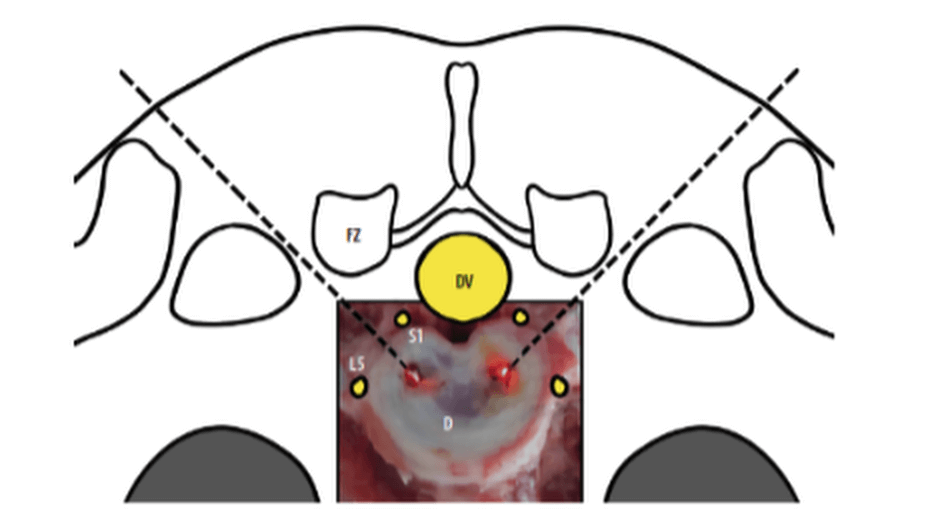
A special electric currency heats a tip of the needle up to 90 °C; it is pain free since disk has no sensitive nerves. Heat coagulates proteins in the disk, which shrinks and becomes harder, similarly as other proteins.
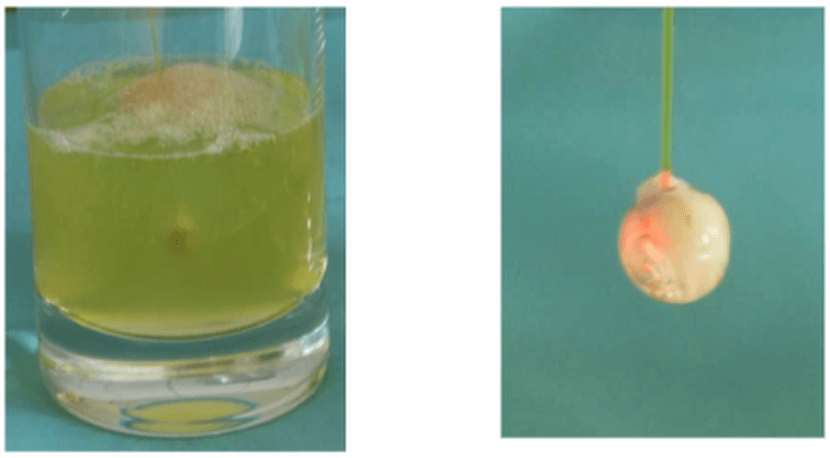
Disk hardening decreases intervertebral instability and the back pain, and disk shrinking reduces its pressure on the nerve and its consequential leg pain.
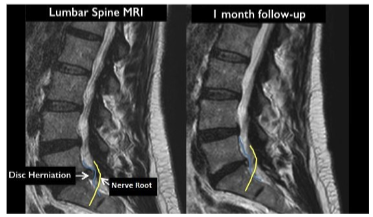
After RFA patient is immediately able to walk and perform his/her tasks as before the procedure. Recommendations for next 6 weeks are: lumbar brace, avoidance of sitting longer then couple of hours per day, and weight lifting. Weight reduction, back strengthening and swimming will help to improve positive effects of this procedure in the future.

